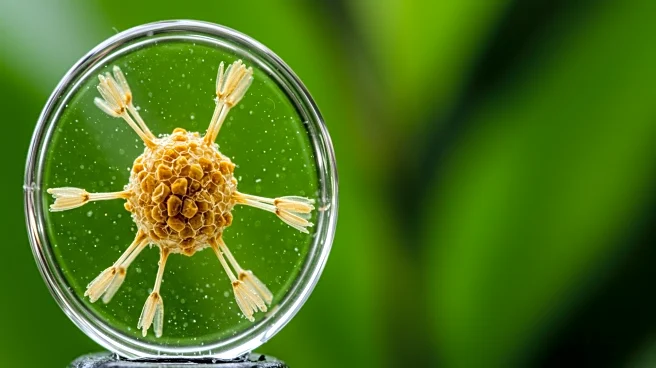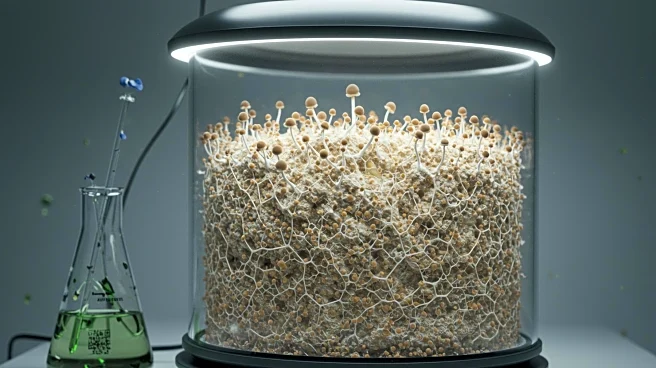What is the story about?
What's Happening?
Researchers at Nanyang Technological University in Singapore are exploring the use of pollen as a versatile building block for eco-friendly materials. Led by Nam-Joon Cho, the team has developed techniques to transform pollen's rigid outer shell into a jam-like microgel. This microgel shows potential for creating materials such as paper, film, and sponges. The research highlights pollen's unique properties, including its UV-protective nature, which could be used in optoelectronic devices like perovskite solar cells. Other researchers, like Noemi Csaba from the University of Santiago de Compostela, are investigating pollen's potential in drug delivery systems.
Why It's Important?
The use of pollen in material science represents a significant advancement in sustainable development. Pollen is abundant and less resource-intensive compared to other biomaterials, making it an attractive option for eco-friendly applications. The research could lead to innovations in various industries, including electronics, healthcare, and environmental sustainability. By utilizing pollen, researchers aim to reduce the environmental impact of material production and offer alternatives to traditional materials that require the destruction of natural resources.
What's Next?
The development of pollen-based materials is still in its early stages, with researchers focusing on predicting challenges and devising sustainable solutions. Continued research and collaboration among scientists are essential to bring pollen-based products to market. The potential applications in smart actuators, wearable health trackers, and drug delivery systems could revolutionize these fields, but further studies are needed to refine the technology and ensure its viability.
AI Generated Content
Do you find this article useful?













